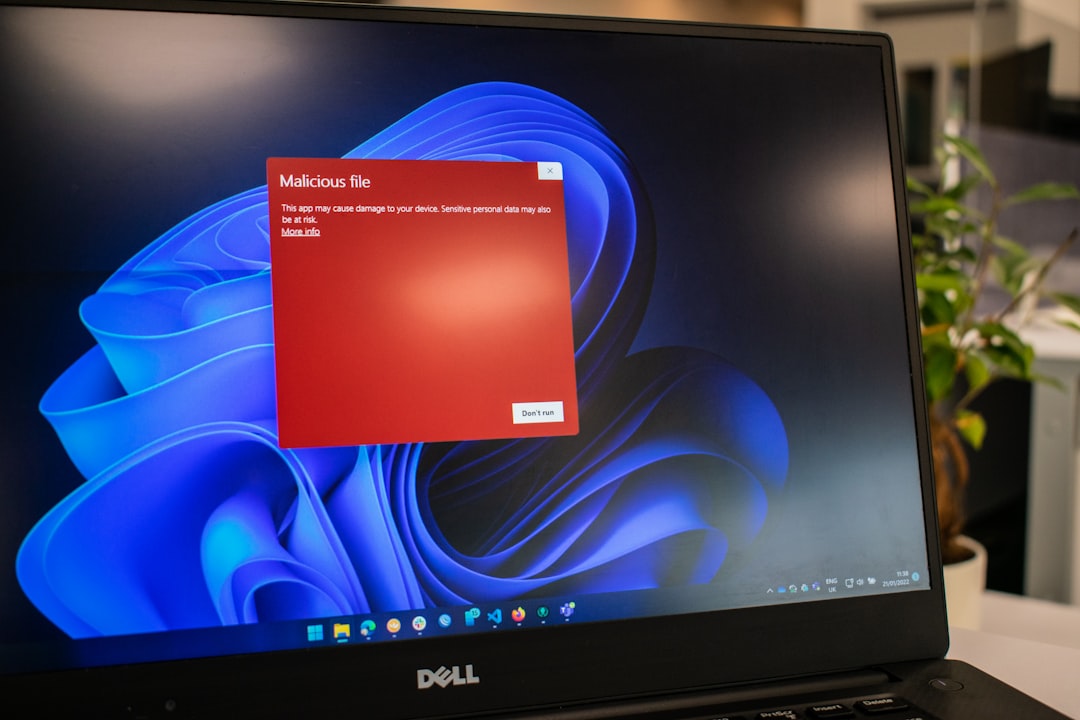WooCommerce is amazing. It’s like having your own online store that never sleeps. But just like any store, it needs a little love and care. That’s where WooCommerce maintenance and fixes come in. If you’re running an online shop, keep reading. We’ll break it all down for you—nice and easy.
Table of Contents
Why maintenance even matters
Think of your WooCommerce store like a car. You wouldn’t drive it for years without changing the oil, right? Same goes for your website.
Without proper maintenance, things can start to go wrong:
- Pages load slowly
- Payments break
- Security risks grow
- Customers get frustrated
Yikes. Nobody wants that. Maintenance helps keep your store running smoothly, your customers happy, and your sales strong.
So… what does WooCommerce maintenance cover?
Glad you asked. Maintenance isn’t about just checking a few boxes. It’s a whole kit of regular tasks that keep your shop in top shape.
1. Software updates
This is one of the biggies. WordPress and WooCommerce are updated often. That’s a good thing! Updates usually mean new features and better security.
But updating randomly can break stuff. That’s why proper maintenance includes:
- Backing up your site first (always smart)
- Updating WordPress, WooCommerce, theme files, and plugins
- Testing to make sure everything still works
Do it right, and you’ll avoid those “Oops! My checkout is broken!” moments.
2. Security checks
Hackers love outdated plugins and weak passwords. That’s why regular security sweeps are a must.
Maintenance should cover:
- Running malware scans
- Updating user permissions
- Installing security plugins or firewall settings
- Reviewing login attempts and failed logins
Peace of mind? Yes, please.
3. Speed and performance optimization
No one likes a slow website. Not your visitors, and certainly not Google.
Optimization can include:
- Compressing images (without making them blurry)
- Minifying code (don’t worry—techies handle this)
- Cleaning up database junk
- Using caching to load pages faster

Faster site = better experience = happy customers = more sales.
4. Database cleanup
Your store’s database is like its brain. But brains can get foggy over time with too much clutter.
Maintenance includes cleaning up:
- Old orders no longer needed
- Expired coupons
- Spammy product reviews
- Unused images or drafts
This helps your site stay lean and mean.
5. Broken link and 404 fix-ups
Ever click on something and get a “Page Not Found”? That’s a 404 error. And it’s frustrating.
A good WooCommerce maintenance plan will find and fix broken links and missing pages. That way customers don’t hit dead ends.
It’s all about keeping the buying journey smooth.
6. Checkout and payment testing
The checkout page is your money page. You don’t want anything going wrong there.
Maintenance should include test purchases like:
- Trying different payment methods (PayPal, Stripe, etc.)
- Checking coupon codes are working
- Making sure taxes and shipping fees are calculating right
- Ensuring confirmation emails are sent
Little things matter on the final step.
7. Plugin conflict fixing
Plugins are great. But sometimes they don’t play nice with each other.
When a feature stops working after an update or install, it’s usually a plugin conflict. Maintenance includes:
- Identifying the misbehaving plugin
- Disabling and testing for fixes
- Finding alternatives if needed
You shouldn’t have to debug code. That’s what a maintenance team is for.
What about WooCommerce fixes?
Short answer? They fix stuff when it breaks. But here are examples of what real fixes might look like:
- Your shipping rates are wrong
- Checkout won’t complete
- Emails don’t send anymore
- Products aren’t showing up
- Coupon codes aren’t applying
A fix is about finding out what’s wrong, and solving it fast without breaking anything else. That takes experience.

Can you do it all yourself?
Maybe. If you’re tech-savvy, have time, and love digging into settings, go for it!
But if you’d rather focus on running your business, hiring someone to handle maintenance is a smart move. Look for someone who:
- Knows WooCommerce inside and out
- Responds quickly when things break
- Communicates clearly
- Offers monthly maintenance packages
That way you don’t have to panic every time there’s an update or glitch.
Fun fact: Maintenance saves money!
Yep. Fixing a hacked or completely broken site is way more expensive than doing regular maintenance.
Prevention > Emergency Repair
Also, a faster site with fewer issues = higher sales. So maintenance can actually boost your bottom line.
How often should maintenance happen?
Here’s a simple guide:
- Weekly: Backups, plugin updates, error checking
- Monthly: Speed tests, security scans, plugin conflict checks
- Quarterly: Clean the database, test checkout, review product pages
Of course, high-traffic stores may need more frequent checkups. But this is a great place to start.
Final thoughts
WooCommerce is powerful. But with great power comes… well, you know the rest. A little regular TLC keeps your store healthy, fast, and secure.
Maintenance isn’t boring when it saves you from lost sales and angry emails. Honestly, it’s kind of a superpower.

So whether you’re fixing bugs or staying ahead of them, know this: taking care of your WooCommerce store is one of the smartest business moves you can make.
Here’s to smoother checkouts and more cha-chings!
